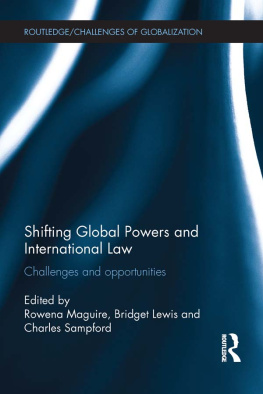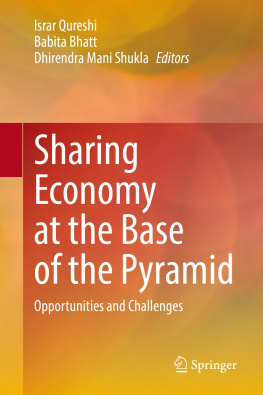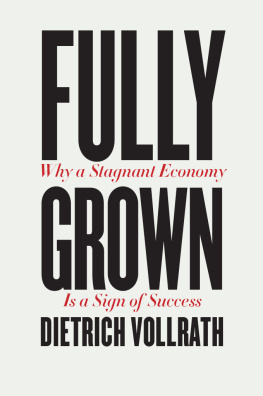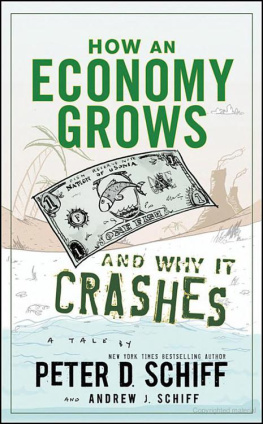Chapter 1
Introduction: Protest Technologies and Media Revolutions in the Longue Dure
Athina Karatzogianni, Michael Schandorf and Ioanna Ferra
In November 2017, we invited contributors to Connecting to the Masses 100 Years from the Russian Revolution: From Agitprop to the Attention Economy. During a two-day conference, which took place at the International Institute of Social History in Amsterdam and the University of Amsterdam, we collectively investigated historical strategies and lessons of connecting to the masses considering the development of media, technology and communication strategies over the last century.
The Russian Revolution offers a particularly valuable and relatively unconsidered place to begin the investigation of the modern political communication. The Bolsheviks grasped the opportunity to change their world in the here and now, rather than trust in the tentative promises of gradual reform in the face of rapidly growing inequality and alienation. Responding to the pressures and failures of the Russian aristocracy during WW1, and in the midst of rage, desperation and harsh conditions that included food shortages and worsening poverty, the Bolsheviks felt the undercurrents in the seas of history and spoke to the people, exactly when the relationship between the Tsar and the population and between the Provisional government and the Soviets were at a crucial tipping point. They did so violently and unapologetically. The effects of their actions ran through the Cold War and the confrontation with the West, and are felt to this day in the complex and intense relations between Russia and the United States in the failed engagements since the fall of the USSR, the world's first socialist state. Many questions evoked by the Russian Revolution directly reflect those that scholars of political and media communications wrestle with today.
Do charismatic leadership and movements remain the key connections to the general population or has algorithmic communication intervened to amplify and commodify populist leaders, without bringing in fruition claims of digital democracy/reform or radical sociopolitical change? How can contemporary movements most effectively utilize media and communication technologies to advance both their short-term goals and to sustain long-term development? Are the social media protests we now witness a flash in the pan, or are they able to sustain movements, parties, organizations in the longue dure?
The relationship between modern governments and the people they govern has been always hostage to rhetoric, propaganda and strategic public relations. Aggressive marketing and contemporary media industries have also been a consistent influence over the last century, altering the dynamics of healthy political communications. As in the Russian Revolution, the relationship between media and government has thrived on charismatic leaders, the avant-garde, who could feel the pulse of their population's grievances, demands and hopes for the future. Whether the Russian revolution of 1917 is interpreted as a product of class struggle, as an event governed by historical laws predetermined by the alienation of the masses as a result of monopoly industrial capitalism, or as a violent coup by a proto-totalitarian Bolshevik party, the Russian revolutionaries understood and connected to the masses in a way that the autocracy, bourgeois elites and reformists alike have consistently failed to do.
Connecting to the masses is critical for the success of any movement, insurrection, protest or revolution. The communication mechanisms for this connection have sometimes evolved and other times undergone revolutions of their own. Since the Russian centennial, scholars have examined how media and communication affect this connection to the masses in a double yet complimentary dynamic: how governments connect to the masses and how masses connect to their governments. To consider protest technologies and media revolutions in the longue dure drawing conclusions from historical trends and patterns through a longer period of time, we divide the contributions to this volume into two parts. The first part takes us from the Russian revolution to Post-Soviet Activism, while the second part focusses more on contemporary emergences of communication technologies and revolution of the last two decades.
The Volume's Structure and Contributions
Part I: From the Russian Revolution to Post-Soviet Digital Activism and the New Cold War begins with Maria Tsantsanoglou in Art as a Form of Social Action in the Russian Avant-garde (19051930) (Chapter 2). Focussing on the period 19051930 in Russia, she argues that performance art in the first two decades of the twentieth century was part of the aesthetics of the historical avant-garde, especially the Russian avant-garde, Italian futurism and Dada. Tsantsanoglou examines the aesthetic and social limits of the political aesthetic that entrenched or defined the term performance art as it emerged in a critical way in Russia as early as the beginning of the second decade of the twentieth century.
Sebastian Haller in Secret Police and Public Sphere: The East German State Security Service (Stasi) between Media Control and Public Relations (Chapter 3) examines the control of the domestic press and West German media, television and cinema. He focusses on the work and history of the Department for Agitation, the main public relations arm of the State Security Service, which was reorganized in the 1980s under the name of Division 6/ZAIG. Haller's chapter focusses on the activities of the State Security Service regarding (fictional) television and film production through the existing secondary literature, and also files from the Stasi Records Agency, the German Broadcasting Archive and the German Federal Archives.
In Chapter 4, The Russian Dream and Victor Pelevin's Generation ": Ideology in Post-Soviet Russia, Angelos Theocharis showcases the rise of Russian dream as a new form of national ethos in Russia that embraces the dreams and aspirations of Russian people, as well as the archetypes, historical cultural experience and contemporary official ideology embedded into the Russian mentality. The ideological phenomenon is approached through the analysis of the Russian Academy of Sciences' Sociological Survey on Russian Dream (2013) and Victor Pelevin's postmodern novel Generation " (1999), a novel famous for its political and ideological character and influence on the Russian cultural scene.
Ilya Kiriya in Soviet Communicative Control: Some Implications on Digital Activism in Contemporary Russia (Chapter 5) suggests that Soviet communicative control was based on a particular balance between the manipulation of mass communication (propaganda) and restriction of interpersonal communication and on particular elements of social mobility control. Kiriya argues that some elements of this Soviet system of control are reproduced in the current Russian media and social system that has formed a passive attitude towards digital activism and to political life in general among the population. This phenomenon has significantly influenced the contemporary post-Crimean social consensus and led directly to the failure of the protest movements in the first-half of 2010s, which were largely dependent on social media.
In Chapter 6, Karatzogianni, Miazehvich and Denisova analyze digital activism comparatively in three Post-Soviet regions: Russian/anti-Russian during the Crimea action and online political deliberation in Belarus, juxtaposed to Estonia's digital governance approach. In authoritarian regimes, actual massive mobilization and protest is forbidden, or is severely punished with activists imprisoned, persecuted or murdered by the state. In resistant civil societies in Russia, Ukraine and Belarus, cultural forms of digital activism, such as Internet memes, nevertheless thrive and produce and reproduce effective forms of political deliberation. In contrast, Estonia, which has been celebrated for its commitment to Internet freedoms, is innovating in digital governance with its residency program. The authors affirm the potential of Internet memes in addressing apolitical crowds, infiltrating casual conversations and providing symbolic manifestation of the burning resistant debates.









